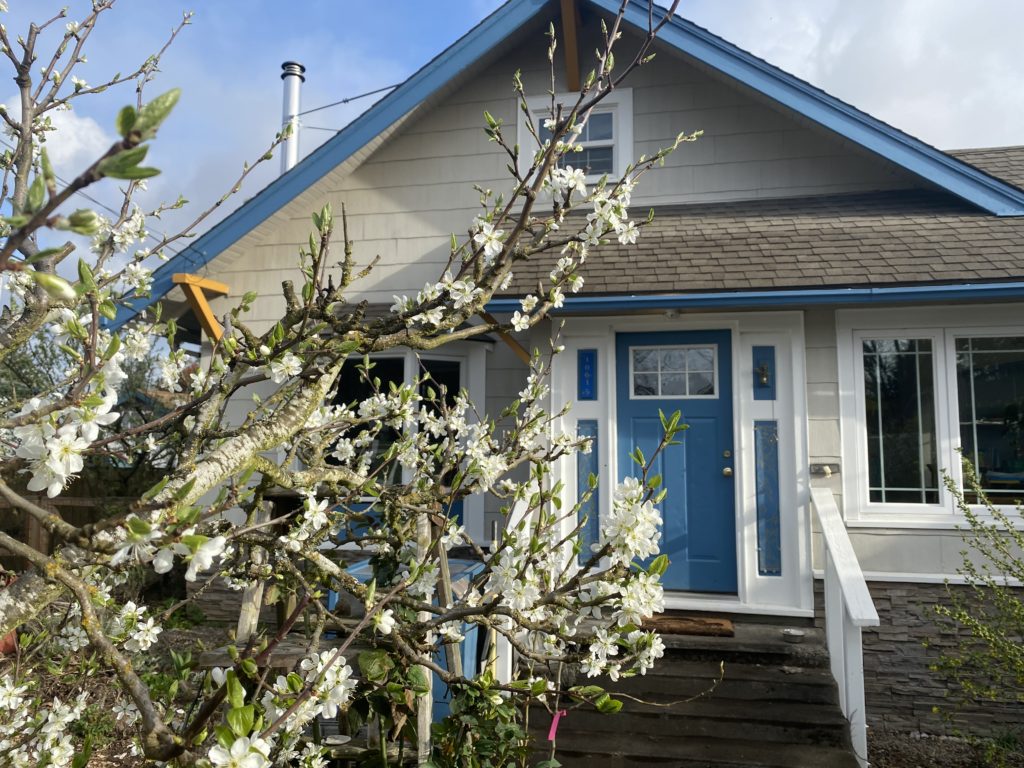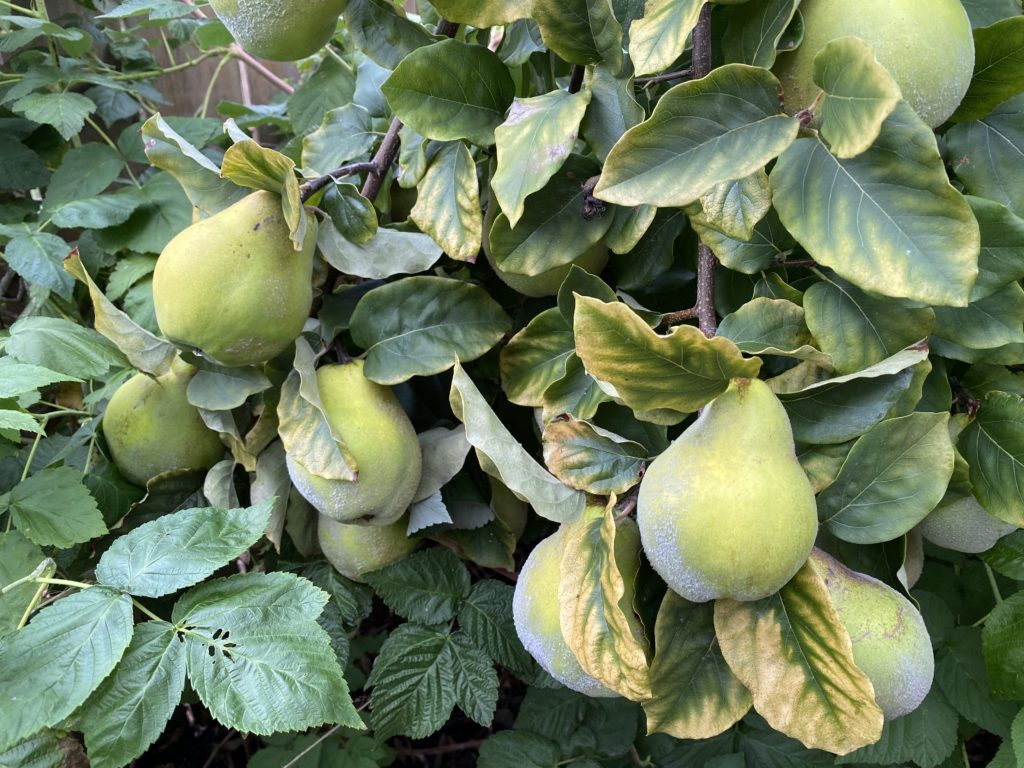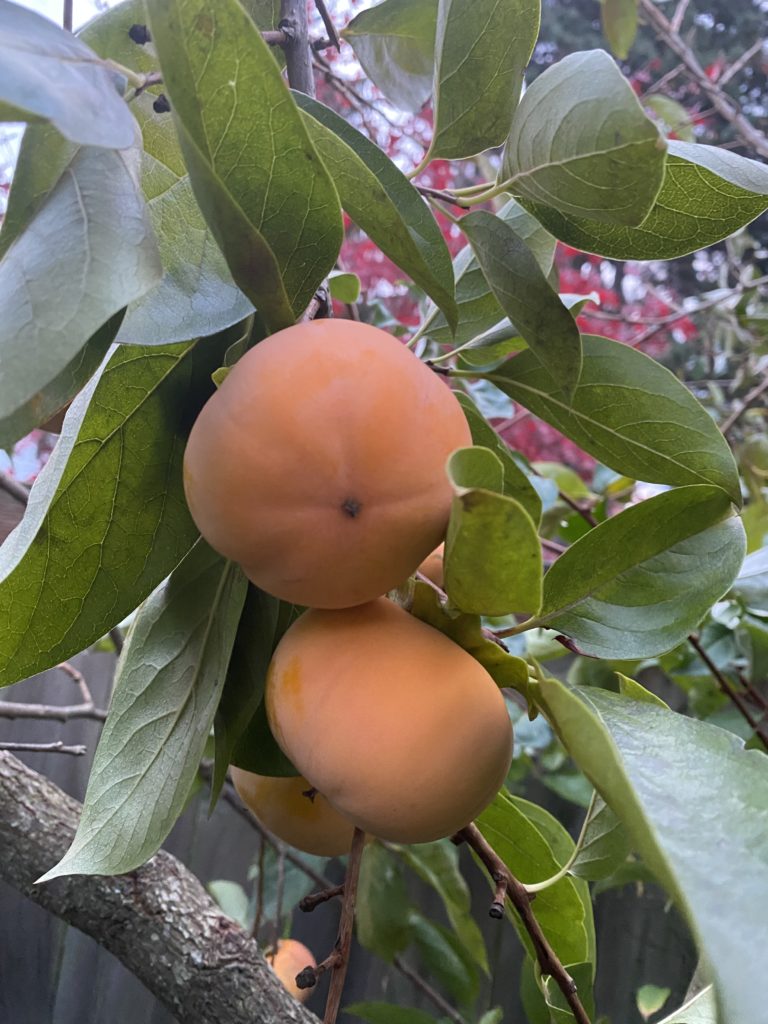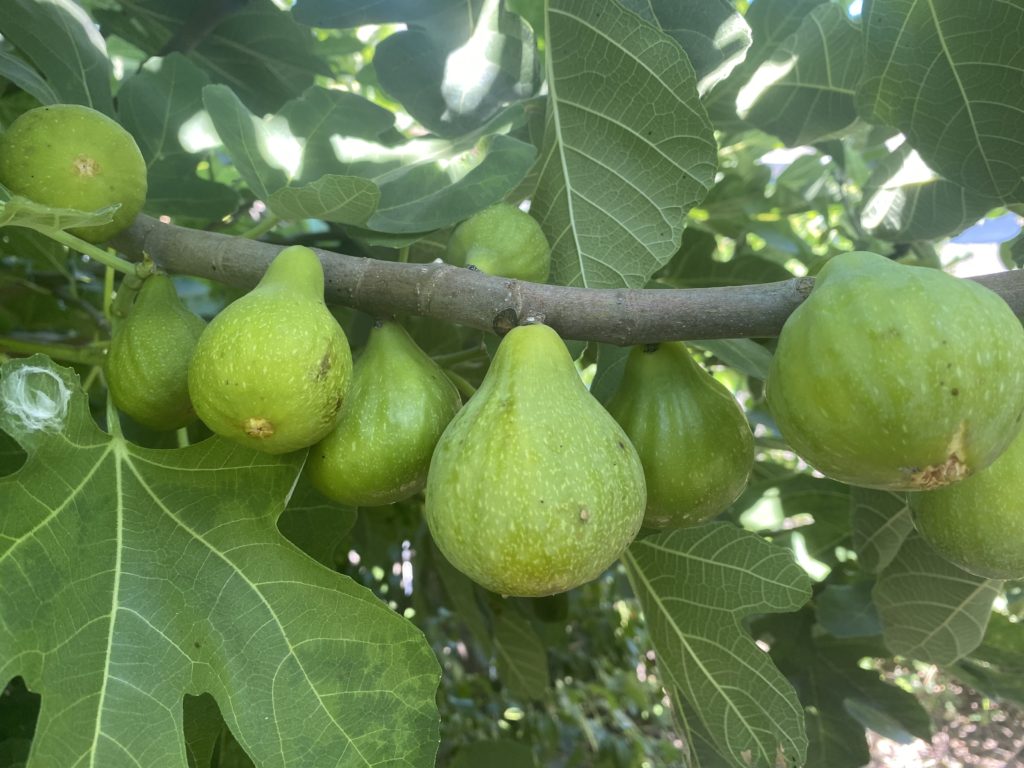How Can We Help Support Local Economies and Build Resilient Communities?
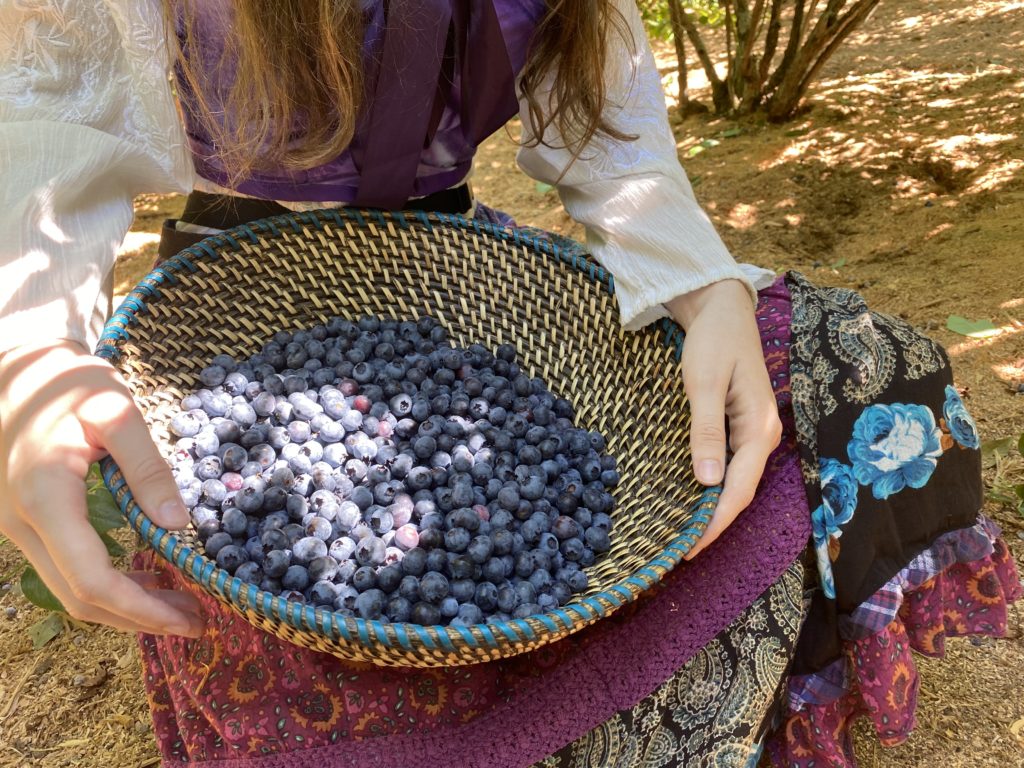
Permaculture is Not a Self-Sufficiency Movement
The self-sufficiency movement is big right now. It’s understandable – we live in times of economic uncertainty, high costs of food, and a culture of toxic individualism. So, of course the solution Western culture posits is, “Do it all yourself. Don’t trust anyone else. Take care of your own and be ready to stand alone in the coming apocalypse.”
In my writings and my videos, I push back against this kind of mentality as it bleeds into permaculture groups. Preppers, libertarians, self-sufficiency types can be intrigued by many components of permaculture. But instead of diving in and learning the 3 Ethics and 12 principles, they tend to glean little snippets that fit their worldview, all the while bring their ideologies to permaculture communities, creating confusion.
Don’t get me wrong, I think it’s wonderful that different communities interested in finding alternative ways of living can share information, communicate, and even collaborate. But I believe the “pull yourself up by the bootstraps” toxic individuality that can permeate self-sufficiency movements is harmful to the pursuit of truly sustainable communities.
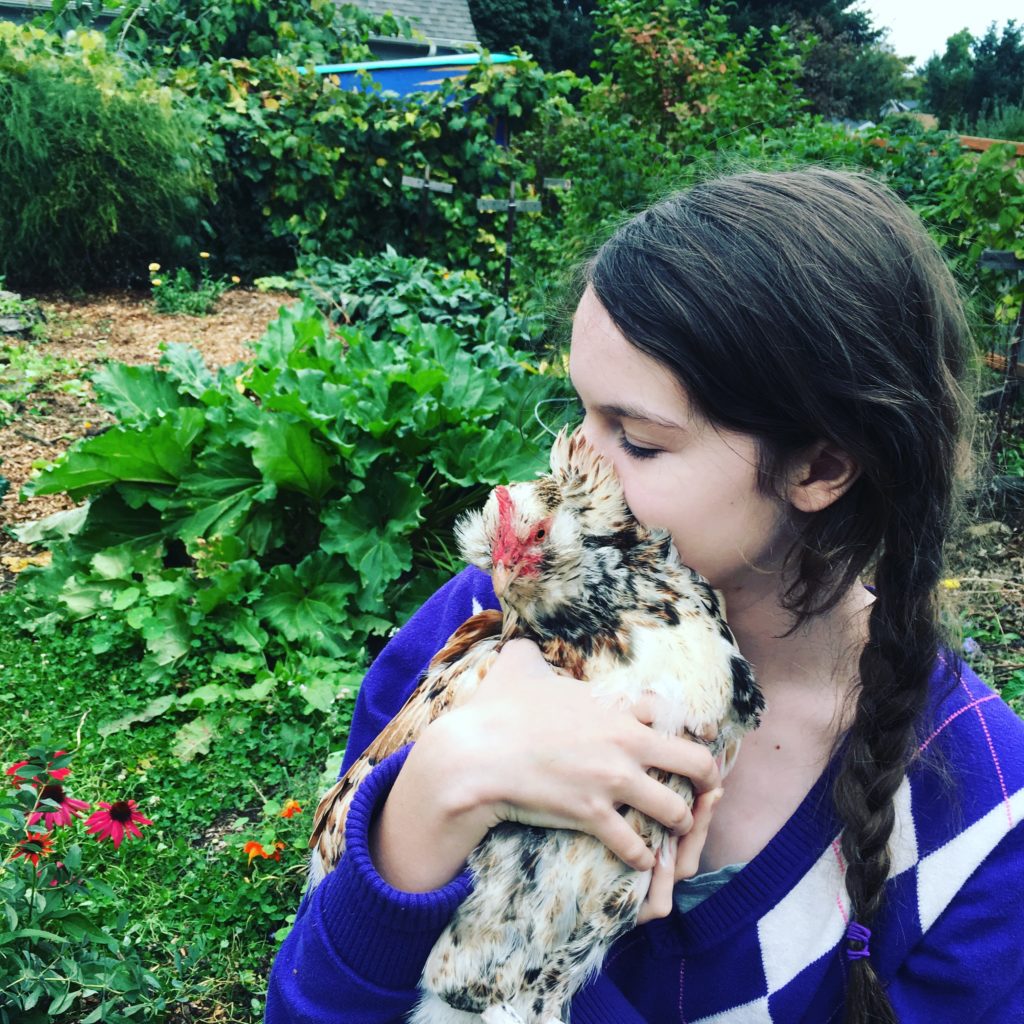
The modern “homestead” or “prepper” mentality operates around an anachronistic view of our foremothers and forefathers. It crafts a narrative rugged individualists striking out on their own, emboldened by “do-it-yourself” gumption and the pursuit of “freedom”. But the reality for our ancestors was not romantic, nor did most folks live in isolation, doing it all by themselves.
The misunderstanding in prepper-type movements is in failing to see where true sustainability lies: not in the power of one person or household tackling everything alone and declaring themselves self-sufficient. That is simply exhausting and unsustainable long-term. No person is an island. We are, in fact, sustained in community. It is in the connections interwoven between humans, businesses, neighborhoods, food systems, that we discover the fabric of resilience.
This is the fundamental difference between permaculture and other sustainability movements is this: we are striving for community interdependence, not self-sufficiency. Our bonds make us stronger, our connections make us better able to withstand adversity. When we create robust local economies, strong community connections, infrastructure with safety nets and support, we build the bonds that hold the fabric of society together, and offer each of us a safety line. Like the Gungor song says, “We are better together. We are the oceantide. The Freedom and the Anchor. We are stronger.”
Let me repeat: permaculture is not a self-sufficiency movement. When we look into the design principles of permaculture, we are encouraged to seek out the connection between all things. We observe the ways that organisms depend on each other, and the way increasing connectedness can increase the resilience in an ecosystem. That same connectedness can also increase the resilience of human-made systems like communities and economies. We design from patterns to details: and nature gives us the pattern: connection, connection, connection. When we design human systems that value the bonds between us, we will create resilient neighborhoods and cities.
Community-interdependence is what we are striving for with permaculture.
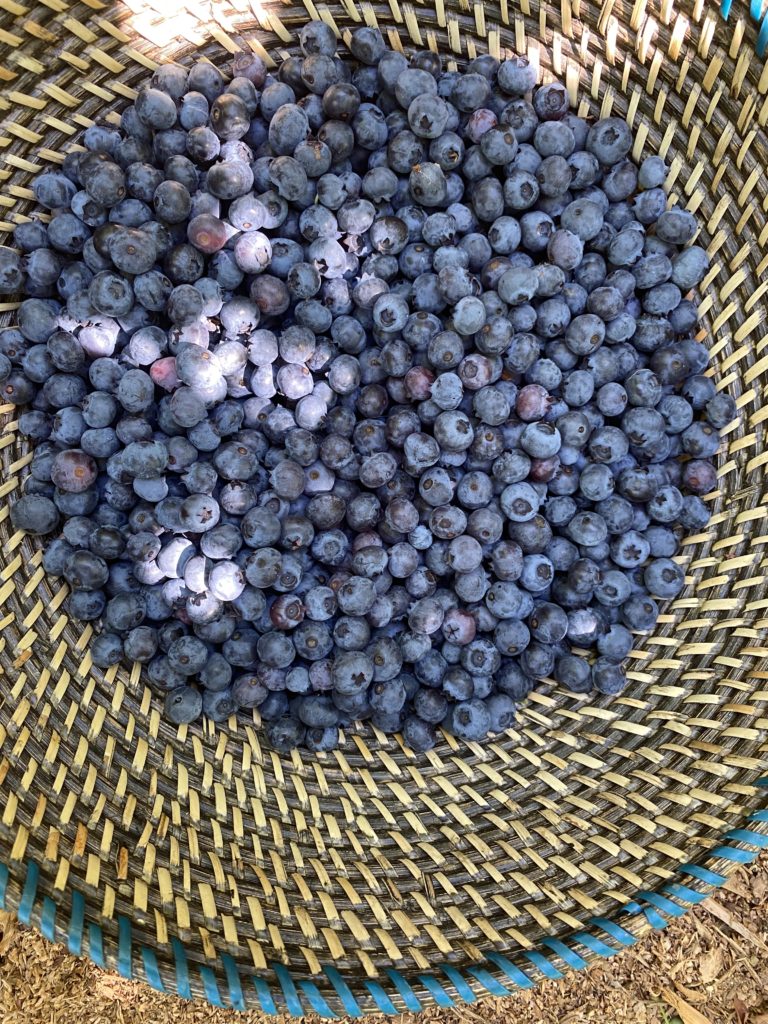
You Don’t Have to Grow It All. Support Local Producers.
The “I need to grow it all myself” fallacy is one we can sometimes tumble into along our permaculture journey. In our desire to reduce our carbon footprint, to produce our food locally, and to have a diverse and abundant permaculture design, we can get a little over-zealous. (As someone growing 40 fruit trees and countless berry bushes, I am not immune to this tendency!)
I want to encourage you that you do not have to grow it all yourself. You are not into self-sufficiency, remember? You’re into community-interdependence. If we want to build those strong local food economies, we can and should support local producers.
The reality is that most of us do not have the ability to grow all our own food. We lack the space, the time, the physical ability, the desire. And that is totally ok. I can’t grow all the onions I need every year, but I sure can buy from a farmer in my state. I can’t raise cattle on 1/4 acre, but our family buys a local grassfed sustainable cowshare every year from a rancher about 45 minutes from our house.
We are striving to build communities of people that can weather hard times. A key component of that is making conscious choices to support local farmers, mom-and-pop shops, local textile producers, local businesses. Supporting local economies keeps diverse supply chains local and active right where we live.

Slow, Small Solutions. Your Small Choices Build Local Sustainability.
Permaculture principle #9: Use slow, small solutions. When we choose to support local food chains – especially buying direct from small family farmers- we are taking those slow, small steps toward resilience. When we chose to give our financial to support to micro-producers and mini-farms in our area, rather than to big box stores, we are helping support a functioning local economy.
Sourcing food locally not only means are we supporting a local business, but we are also diversifying our food chain right in our own backyard. ALL of that adds resilience.
You may think that your small actions don’t have an impact, but I can say that as a small business owner, they absolutely do. So look for those small struggling businesses, look for those less-trendy, under the radar little farmstands and minifarms. How can you support them, keeping that hyper-local food production going while you feed your family from producers in your community?



